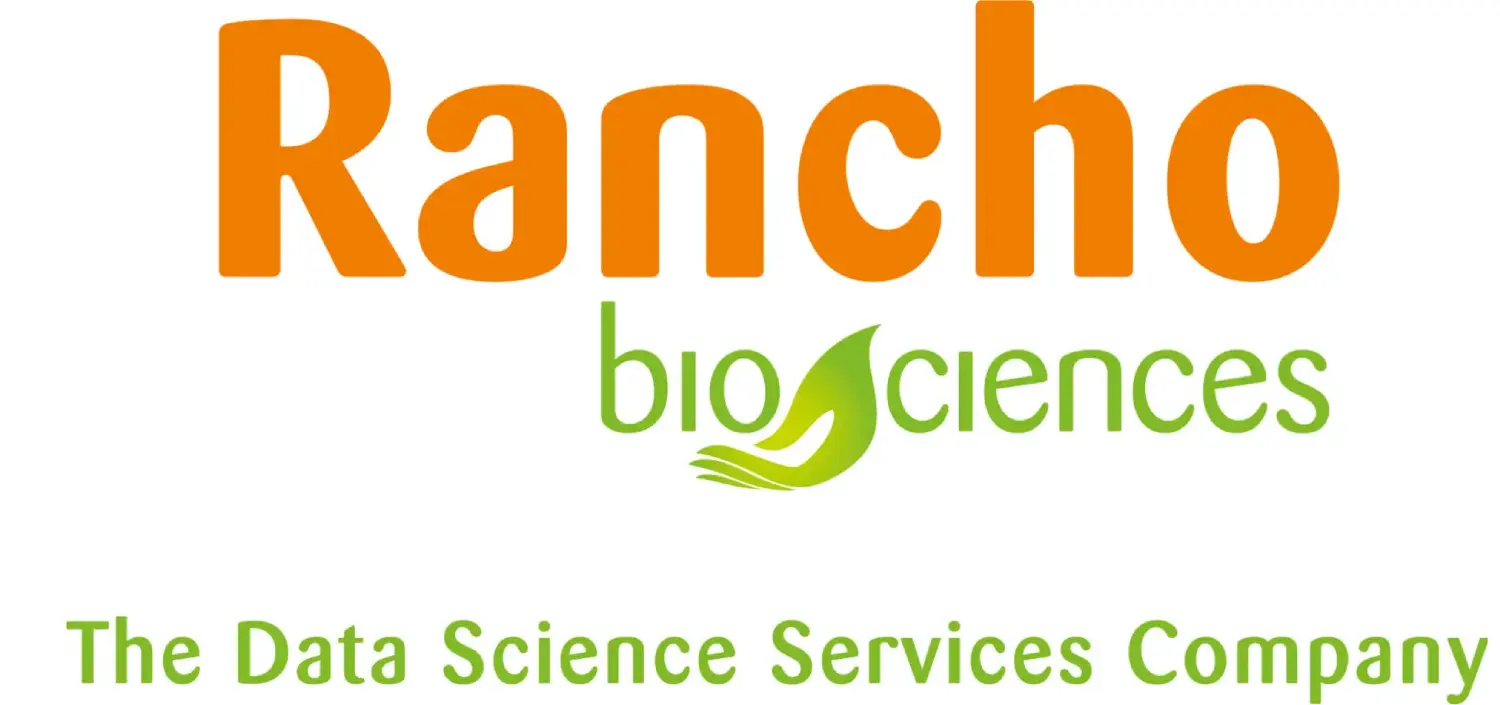Decoding Data: The Distinctions between Bioinformatics and Data Engineering
In the ever-evolving realm of life sciences, the fusion of technology and biology has paved the way for groundbreaking discoveries. Two crucial disciplines, bioinformatics and data engineering, play pivotal roles in harnessing the power of data to unravel the mysteries of life. This article sheds light on the key differences between these fields and their unique contributions to the life sciences landscape.
Bioinformatics: The Genomic Symphony Conductor
Bioinformatics serves as the conductor of the genomic symphony, orchestrating the analysis and interpretation of biological data. At its core, bioinformatics integrates biology, computer science, and statistics to extract meaningful insights from vast datasets, especially those derived from genomics, proteomics, and other high-throughput technologies.
Bioinformatics uses a variety of methods, such as:
- Sequence alignment and comparison
- Phylogenetic analysis and evolutionary modeling
- Gene annotation and prediction
- Functional genomics and transcriptomics
- Proteomics and metabolomics
- Structural bioinformatics and molecular modeling
- Systems biology and network analysis
Analyzing Biological Data
One of the primary focuses of bioinformatics is the analysis of biological data. This includes DNA sequencing, gene expression profiles, and protein structures. Bioinformaticians employ algorithms and statistical models to identify patterns, infer relationships, and derive meaningful conclusions from the intricate web of biological information.
Genomic Sequencing and Annotation
In the era of genomics, bioinformatics plays a pivotal role in the sequencing and annotation of genomes using methods such as scRNA-seq analysis. This involves decoding the order of nucleotides in DNA and annotating the functions of genes. This information is crucial for understanding genetic variations, identifying potential disease markers, and advancing personalized medicine.
Data Engineering: Building the Infrastructure for Scientific Insights
While bioinformatics focuses on the analysis of biological data, data engineering lays the foundation for efficient data processing and storage. Data engineers design and implement the infrastructure necessary for storing, managing, and accessing vast datasets, ensuring scientists can work with data seamlessly.
Data engineering uses a variety of tools and technologies, such as:
- Database management systems (SQL, NoSQL, etc.)
- Data integration and transformation tools (ETL, ELT, etc.)
- Data storage and processing frameworks (Hadoop, Spark, etc.)
- Data warehousing and lake solutions (Snowflake, S3, etc.)
- Data quality and monitoring tools (Airflow, Datadog, etc.)
- Cloud computing platforms (AWS, Azure, GCP, etc.)
Data Integration and Warehousing
Data engineering involves integrating data from various sources into centralized repositories known as data warehouses. In the life sciences, this can include combining clinical data, experimental results, and external datasets. Data warehouses streamline access to information, facilitating comprehensive analyses and accelerating scientific discoveries.
Scalable Data Architectures
Life sciences generate enormous volumes of data, particularly with advancements like single-cell sequencing and high-throughput screening. Data engineers design scalable architectures that can handle this data influx, ensuring researchers can process and analyze information efficiently. Scalability is crucial for accommodating the ever-expanding scope of biological research.
Divergent Skill Sets: Bioinformaticians vs. Data Engineers
Bioinformaticians: Masters of Algorithms
Bioinformaticians require a deep understanding of biology coupled with expertise in algorithm development and statistical analysis. Proficiency in programming languages like Python and R is essential for implementing algorithms that sift through biological data to uncover meaningful patterns and associations.
Data Engineers: Architects of Infrastructure
Conversely, data engineers are architects of data infrastructure. Their skill set revolves around database management, data modeling, and proficiency in languages like SQL. They design and maintain the systems that enable seamless data flow, ensuring researchers have access to accurate and timely information.
Collaboration at the Nexus: Bioinformatics Meets Data Engineering
Interdisciplinary Synergy
While bioinformatics and data engineering have distinct roles, their synergy is crucial for advancing life sciences. Collaborative efforts between bioinformaticians and data engineers ensure the analytical tools used by researchers are supported by robust infrastructure, fostering a holistic approach to scientific inquiry.
Data Security and Compliance
In the life sciences, where data security and compliance are paramount, the collaboration between bioinformatics and data engineering becomes even more critical. Data engineers implement secure data storage solutions, ensuring sensitive information adheres to regulatory standards. Bioinformaticians can then focus on extracting insights without compromising data integrity.
The Tapestry of Data Unveiled
In the intricate tapestry of life sciences, bioinformatics and data engineering are threads that, when woven together, create a comprehensive understanding of biological systems. While bioinformatics deciphers the genomic code, data engineering provides the infrastructure for this genomic revelation. Recognizing and appreciating the differences between these disciplines is essential for harnessing their combined potential to propel scientific discovery into uncharted territories. As the fields continue to evolve, the collaboration between bioinformatics and data engineering services will undoubtedly shape the future of life sciences, unraveling the secrets encoded within the vast biological data landscape.
Rancho BioSciences can help you with all your data management and analysis needs. Our bioinformatics services and expertise can propel your projects to new heights. As a global leader in data curation, analysis, and visualization for life sciences and healthcare, we’re the experts you can rely on for expert biotech data solutions, bioinformatics services, data curation, AI/ML, flow cytometry services, and more. Don’t hesitate to reach out to us today and see how we can help you save lives through data.
